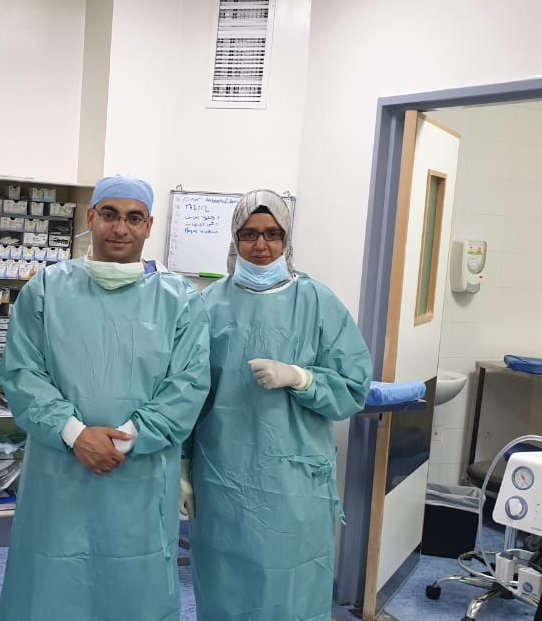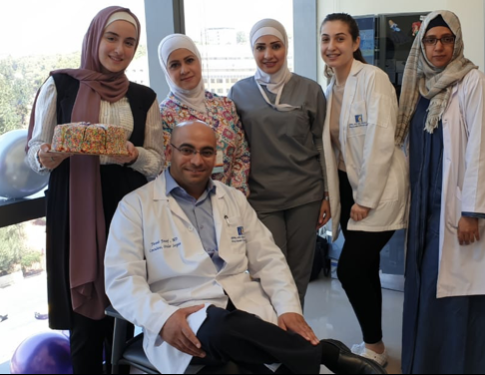Barton Blackorby: You are the founding member of The New York Eye Cancer Foundation. Could you give some tips on how others can get involved in things like that and how you manage such a busy practice?
Paul T. Finger: Back in 1998, I found myself leaving academic-based medicine and going into private practice. And when that happens, you realize that all the support from doing research and education disappears and you’re on your own. So I needed to start a foundation. First, I coopted actually some of my patients, found a lawyer, an investor, someone really good with patients, and put together the core of the board and together, we started the foundation. We applied for a 501c3 and then we were off and running. At first, it was to support ongoing research and soon we started doing other things, such as a website. At first, I put my FAQs on there so people would have a reference. And before long, we had a full online text and atlas. We were seeking questions from patients on what they wanted on the website and that was really an education. I went to Australia a couple of years ago, and some of the doctors said, “Oh thanks for having eyecancer.com because my patients go there and look at your images, discussions, and come back and talk to me about it.” It’s been a great resource. We get around 40,000 visits a month to eyecancer.com, then we have a new website: eyecancercure.com.
But we didn’t stop there. Once we had more funding, The Eye Cancer Foundation went into international outreach. There are 40 countries that don’t even have an eye cancer specialist! So, we found doctors from those countries and started training them and sending them back. The most cost-effective way of doing this was to train them in other countries: we take – someone from say Uganda and train them in Israel or India (I think we have a fellow from Ethiopia going to India) and they’re learning cost-effective medicine, going back to their countries, and starting ocular tumor services. There are 7,000 children who die of retinoblastoma in the undeveloped world per year and we are trying to at least cut that in half and we can do that with early detection and prompt treatment.
Barton Blackorby: Thank you very much for the information and inspiring us to do things in the future.
Paul T. Finger: I hope a lot of people start their own foundations. If you’re hands-on, don’t know exactly what you need to do, call us. The ECF was the first and is the most philanthropic foundation for eye cancer in the world.

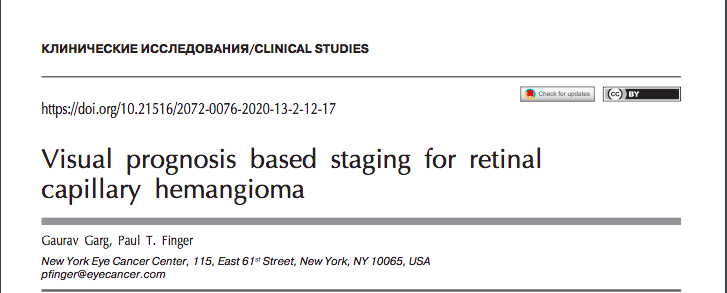
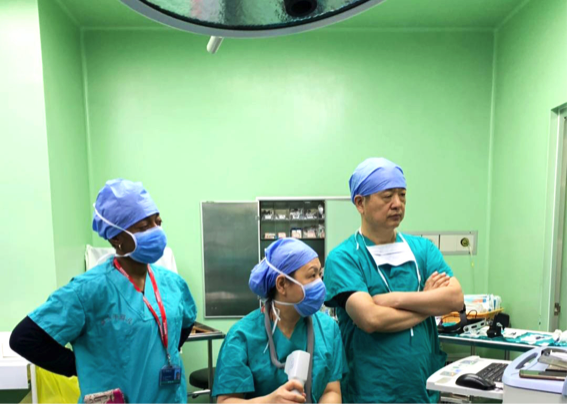
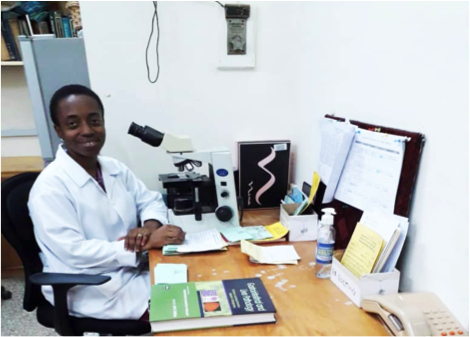



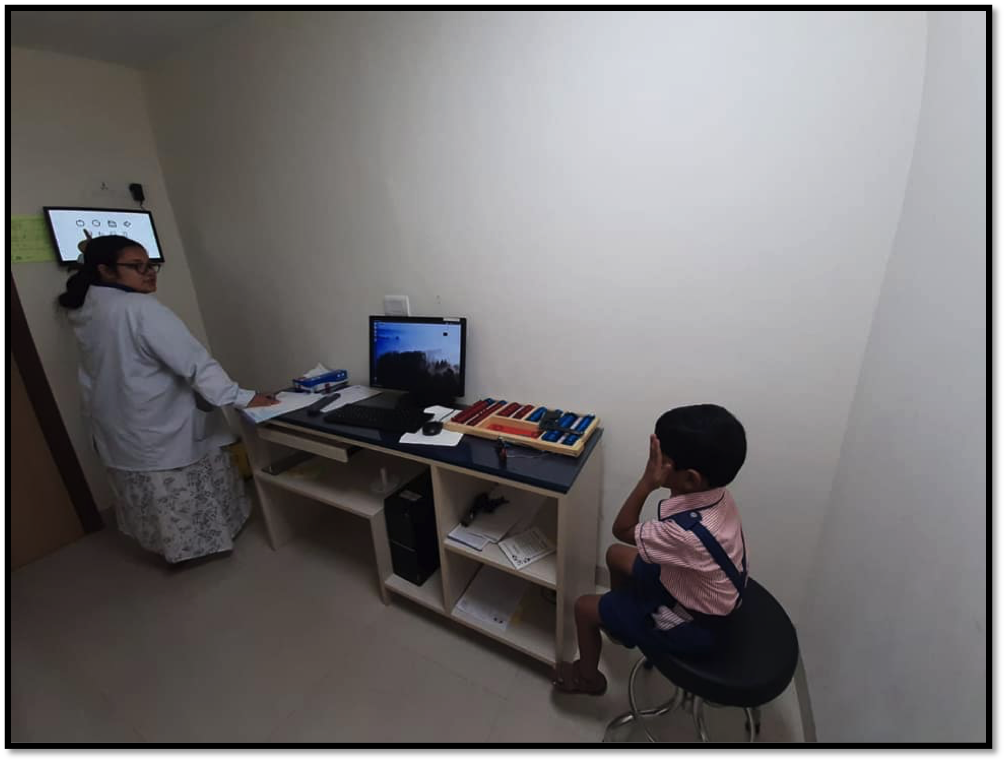

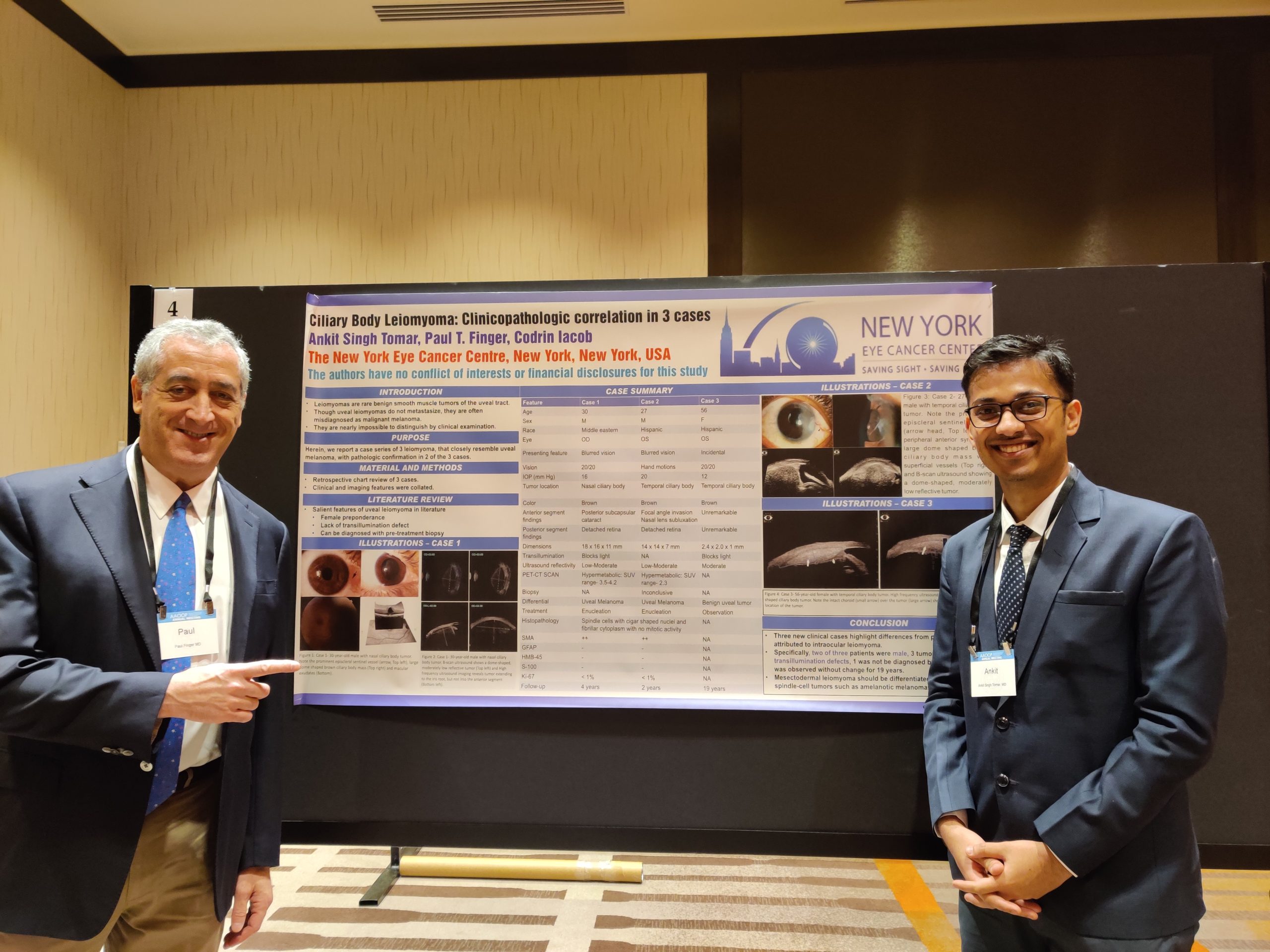

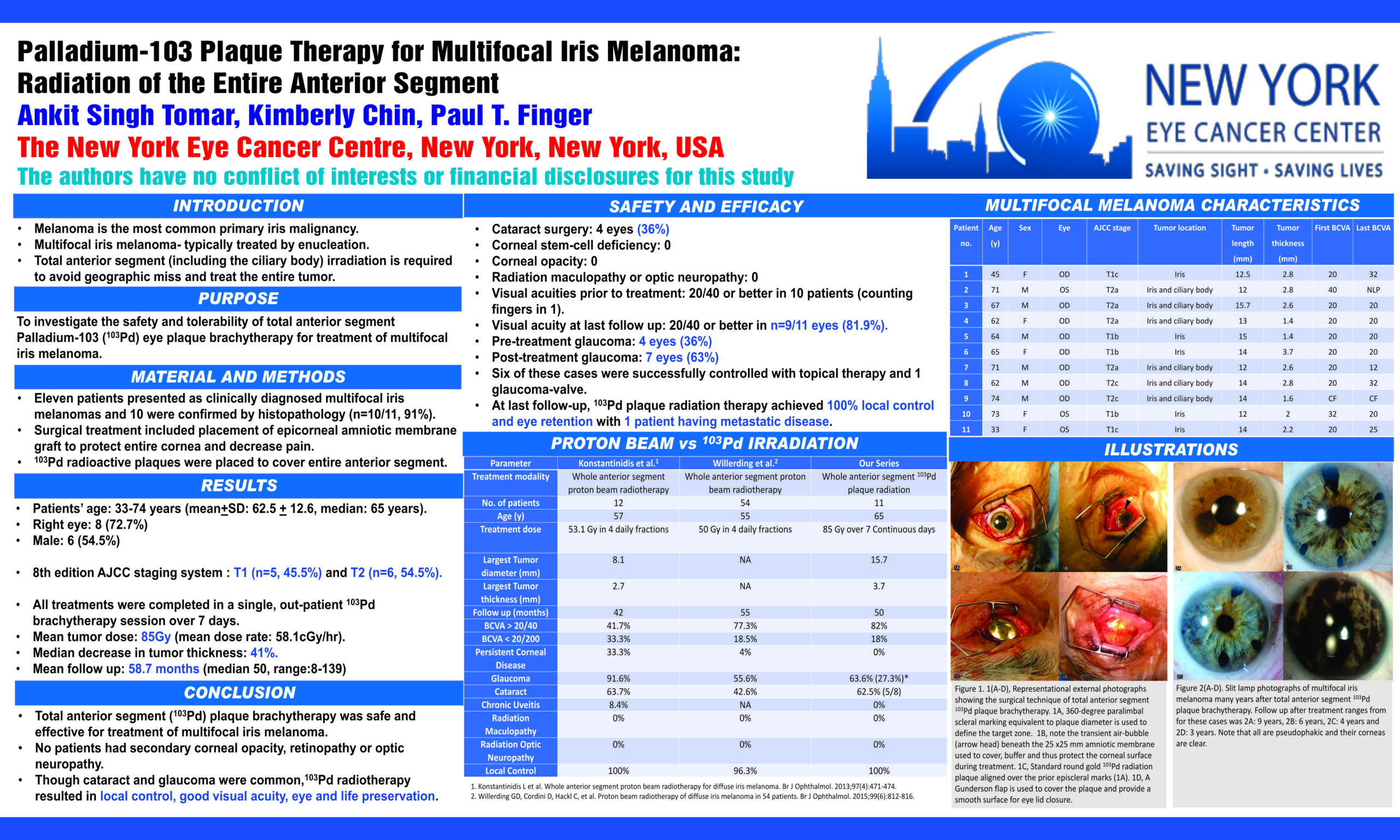
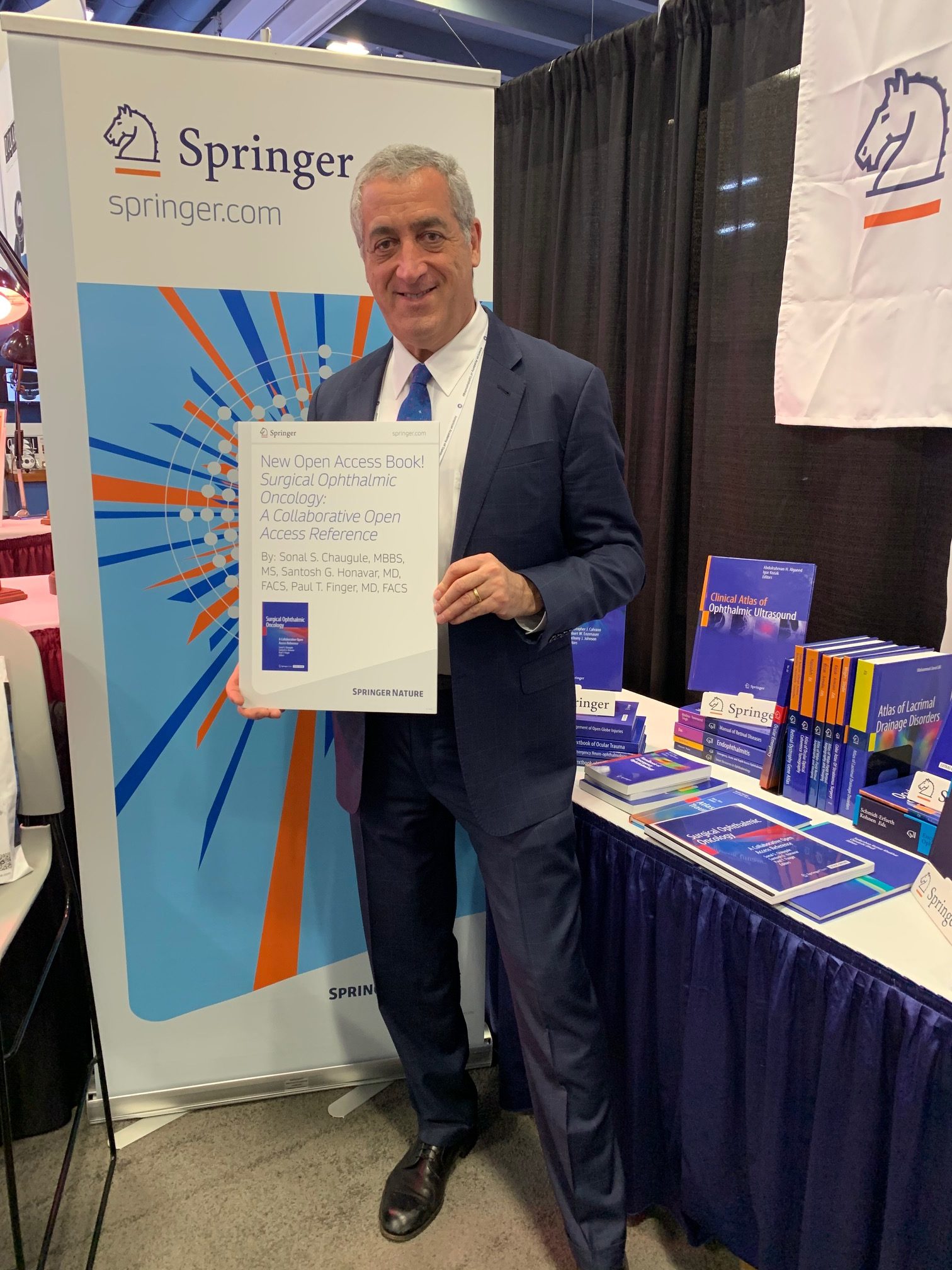 Dr. Finger finds the book available at the 2019 American Academy of Ophthalmology Meeting in San Francisco.
Dr. Finger finds the book available at the 2019 American Academy of Ophthalmology Meeting in San Francisco.